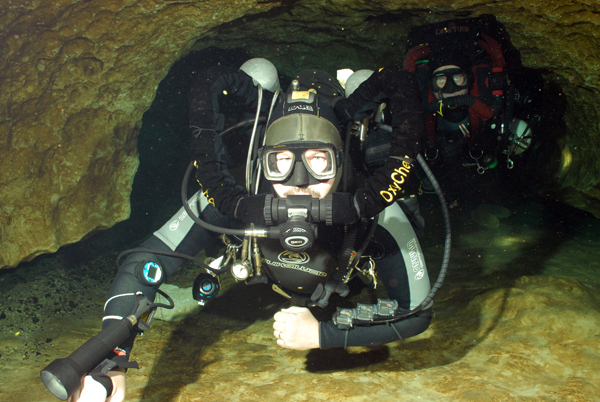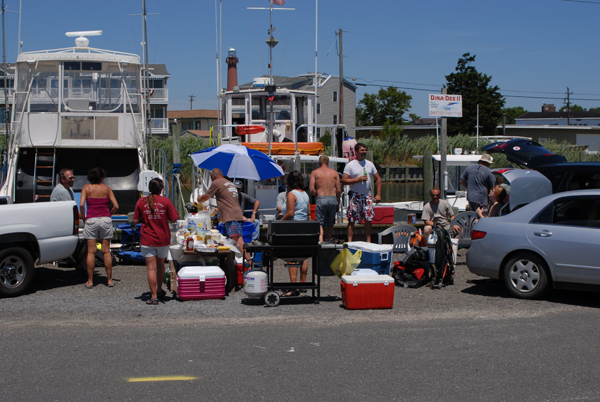
Cave 2 Kick your butt off
Butt kicking again!
In the early spring, a good friend convinced me to take my cave training. The first part (cavern and intro) was quite enjoyable. While there were a good number of skills, the conditions were moderate. This past week we completed the inflatable tent class ( apprentice and full cave). The dives/ skills were significantly more challenging. I should have expected this, but it was quite a shock to the psyche. In addition, I took the first half Open Circuit. The second half I chose to take Closed Circuit (CCR).
Please don’t take any of this as a negative statement against my instructor. Just the opposite, he did not hold back, and made sure we were capable of performing the dives safely. The initial class was restricted by the systems available at the time. The class was in February, when Ginnie and Manatee were the only systems that were still flowing. The rest were siphoning river water, and unusable for training.
Given the earlier conditions, I was probably spoiled. Ginnie is huge with bright, wide open, passages. Manatee was open with dark but clear passages. During the dives we practiced our skills and had some really great dives.
This week most of the other systems were open. We dove Peacock (1 and 3), Madison blue, Cow Springs, and Orange Grove. After getting my butt kicked for a few days, I can say I did survive. There were many points where I was ready to throw in the towel. Either my head was not in the right place, or I was struggling with new gear configurations that I did not have time to practice with (my fault). Either way, it was quite an eye opener.
Don’t get me wrong, some of these passages can be quite beautiful. The formations and clay layers can be stunning. On the other hand, I’m not a small man. At 6’6″, I don’t fit into small passageways. With full CCR and side mount bailout, I was fighting my way into places that were probably much easier on OC. However, with the time and duration advantages of CCR, I wanted to finish the class in this configuration.
I’m not going to go into the detail of each dive, but I will say that Paul kicked our butts on most dives. The skills included several out of air, lights out, lost line… which involved feeling your way along the passages ways. Some passages ways were smaller than my gear, and involved pulling our way out, as swimming was not an option with OOA diver in tow. With the low vis on entry, and tight restrictions, it was often difficult to even feel your way. Only the gold line gave indication of the proper direction.
All in all, we had some great dives, some difficult dives, and some really uncomfortable dives. Again, this is par for the course. Many of the skills were to make sure you had the state of mind to survive the worst case.
After all the skills were done, we had the opportunity to just dive. We hit Orange Grove, and headed over to Challenge sink. It was a bit of a swim, but a nice open dive with lots to see. Paul dragged my camera along and took a few shots along the way. I wish we could have taken a few more shots at Challenge Sink as the light streaming in was quite beautiful, but once we signaled turn, the rest of the group bolted (I’ve got to be more careful with those signals).
The trip was worth the effort. I know I’ve got a lot to practice before my next excursion. Paul made me work hard, and he did push a few of my limits, but we also had some great dives, and saw a lot of new systems. Next time down, I’d love to get some more photos, of these great systems.

